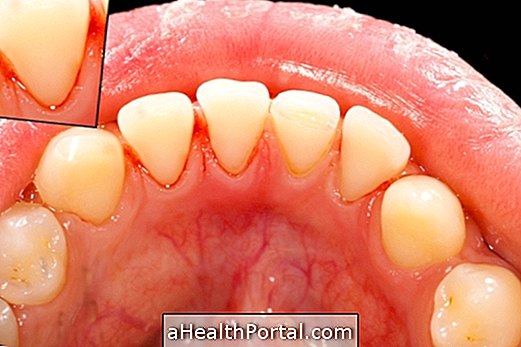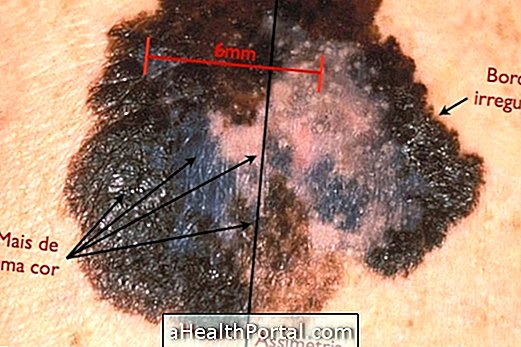Although deafness can begin at any age, and mild deafness is more common in individuals over the age of 65 in some cases it has a cure.
Depending on its severity, deafness can be classified as total or partial. Already according to the structures it affects may be unilateral or bilateral deafness .
Deafness can be cured, especially if it arises after birth and the treatment involves putting on hearing aids or a cochlear implant. Learn about the main treatments for child deafness.

Sudden deafness
Sudden deafness is sudden and can be caused by infectious diseases such as measles and mumps, or by ear injuries such as increased pressure or rupture of the eardrum.
Sudden deafness can be curable because it is temporary and usually goes away after 14 days.
Treatment for sudden deafness should be prescribed by the otorhinolaryngologist, and may be done at home with the ingestion of corticosteroids and bed rest.
Learn more about Sudden Deafness
Congenital deafness
Congenital deafness affects about 1 in 1, 000 children worldwide and can be caused by:
- Genetic problems;
- Infectious diseases during pregnancy;
- Ingestion of alcohol and drugs by the pregnant woman;
- Lack of nutrients during pregnancy;
- Radiation exposure.
Congenital deafness is usually hereditary and, in some cases, can be cured with cochlear implant placement.
Did you know more about Deep Deafness?
Driving deafness
Driving deafness occurs when there are changes in the outermost structures of the ear.
Usually, the ear and ear canal transmit the sound to the inner ear, where it is transformed into electrical signals and sent to the brain. However, when this transmission is affected by accumulation of wax, presence of objects or malformations in the ear, the sound wave can not reach the inner part and causes conductive deafness.
The treatment for conduction deafness can be done by cleaning the ear by an otorhinolaryngologist or using a hearing aid, facilitating the entrance of sound into the inner ear.






















